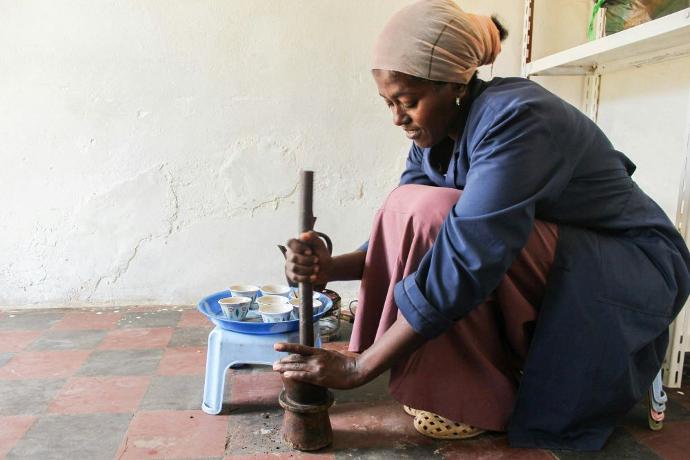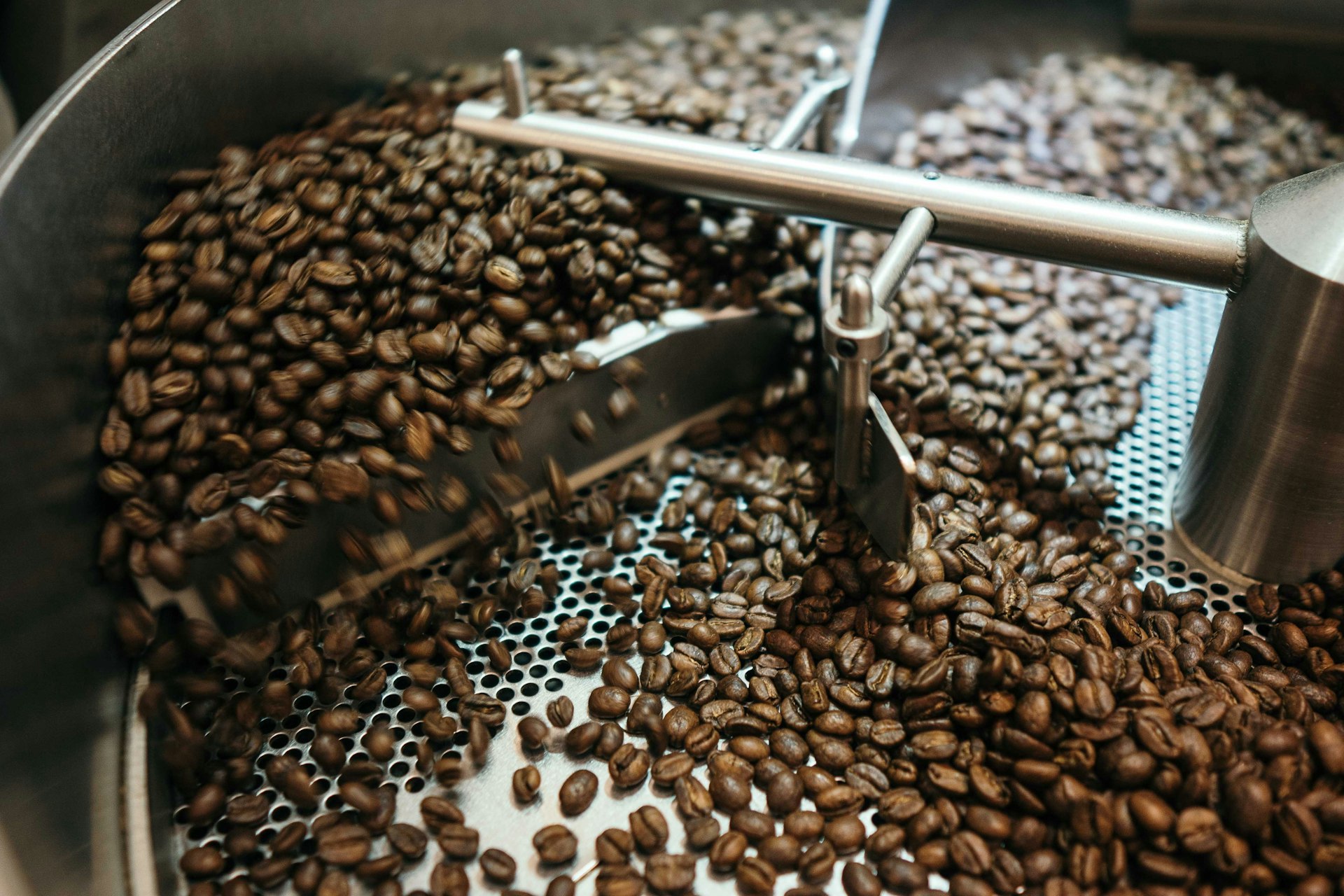Since its discovery centuries ago, the coffee industry has evolved remarkably, reflecting cultivation, consumption, and cultural significance shifts. This evolution is evident in the 'coffee waves,' which denote significant shifts in the industry's landscape. Each wave represents unique characteristics that have shaped modern consumer perceptions and interactions with this flavorful brew. Understanding this evolution is crucial for fully appreciating the present and anticipating the future.
What are Coffee Waves
Coffee has a thick fabric of culture and class, shaped by historical, social, and economic factors, and we best understand it through the lens of the four waves of coffee. These waves provide valuable insights into how we experience and perceive coffee today. Additionally, exploring the impact of coffee culture on contemporary demographics, mainly Gen Z and Millennials, reveals the dynamic interplay between tradition and innovation in shaping consumer preferences and behaviors.
In this discourse, we will delve into the evolution of coffee culture through the four waves of coffee, examining their unique characteristics and implications for modern consumption in the coffee industry.
The First Wave of Coffee: Mass Production
The first wave of coffee emerged in the early 20th century, characterized by mass production to meet rapidly growing demand.
Companies like Maxwell House, The Green Mountain, and Folgers, among others, aimed to transform coffee into a household staple locally and internationally.
During this phase, People perceived coffee more as a factory product than a product of specific coffee-growing regions or processing methods.
There was a lack of transparency regarding sourcing and commitment to quality among firms like Folgers, who prioritized convenience over origin or quality.
Some of the critical characteristics of the first wave of coffee include:
- Companies offered pre-ground products for convenience, often resulting in a lower-quality coffee experience.
- Most coffee products were bitter and dark, typically of lower quality.
- Artificial and natural flavors were available to cater to diverse consumer preferences.
- The popularity of coffee aisles in supermarkets increased during this period.
- Gourmet and premium terms emerged to distinguish higher-quality products within the market.
Although the first wave of coffee lacked the emphasis on origin and quality seen in later waves, it laid a crucial foundation for developing coffee cultures in the future.
Second Wave of Coffee: Shift from Quantity to Quality
The late 1900s witnessed a significant evolution in the first wave of coffee. With companies like Caribou Coffee and Starbucks at the forefront of this transformation, the coffee consumption landscape transitioned from emphasizing quantity to quality.
Coffee cafes and Roasters worldwide began prioritizing the coffee experience, uncovering many flavors that captivated consumers. Starbucks led this revolution by showcasing producing countries and highlighting those offering the highest quality beans. Companies shifted their marketing approach to selling coffee and an entire sensory experience.
To capitalize on this emerging trend, coffee shops created communal spaces for coffee drinking, and barristers concocted espresso blends infused with flavorful syrups, creating a creative coffee era. This phase laid the groundwork for the specialty coffee movement in the third wave.
Coffee enthusiasts began to appreciate coffee's value as a sensory experience, encouraging consumers to explore the magic behind different bean varieties and brewing methods.
Key characteristics included:
- Moderately bitter and dark coffee.
- Slight appreciation of coffee-producing countries and brewing methods.
- Focus on flavored coffee.
- Appreciation of the coffee aisle in supermarkets.
- Appreciation and passion for communal cafes.
Explore Solai's range of premium coffee products and elevate your coffee experience!
The Third Wave of Coffee: Traceability and the Push to Fair Trade
The third wave of coffee redefines the coffee consumer as a "coffee lover" who seeks to savor the nuances of the single-origin bean, tracing its captivating journey from its origin to the cup.
In the 1980s, a niche community of roasters began experimenting with coffee flavors derived from various roast levels. This experimentation led to establishing the Specialty Coffee Association (SCA) 24 months later, with a mission to explore the diverse flavors produced by different roast levels.
The third coffee wave gave rise to artisanal roasters, who championed transparency, established direct relationships with producers, and promoted sustainability in coffee production.
Coffee evolved into an artisanal beverage, akin to gourmet cuisine or fine wine, requiring meticulous care before and after serving.
Brewing techniques such as AeroPress and Pour-over methods gained popularity, fostering a preference for hands-on coffee brewing.
Key characteristics included:
- Hands-on brewing methods, such as pour-over and French press.
- Appreciation of light roasts.
- Significant focus on single-origin beans.
- Emphasis on latte art and specialty coffee products.
- Documentation of the freshness of specific roasts.
- Transparency and appreciation of origin and brewing processes.
- Detailed flavor descriptions, including honey sweetness, orange acidity, and more.
Coffee Fourth Wave: Embracing Scalability
Throughout the history of the coffee bean, experts have observed distinct shifts in market dynamics and consumer attitudes across different coffee waves.
The first, second, and third waves have each left their mark, offering coffee enthusiasts valuable insights into the diverse coffee cultures worldwide. However, as we navigate the contemporary coffee landscape, the fourth wave emerges with a clear focus on Scalability.
Hernan, a marketing expert and the author of the ITC-Alliances for Action journal defines the fourth wave of coffee as a "commercializing specialty," aiming to make premium coffee accessible to the average consumer.
According to Hernan,
achieving this goal requires "democratizing the consumption of specialty coffee" and eliminating any barriers that once prevented average consumers from enjoying high-quality coffee.
This wave is distinguished by Gen Z's and Millennials' changing preferences, particularly in homemade specialty coffee treats.
Studies indicate a significant shift, with a third of Americans working remotely owning at least one Nespresso machine and 20% owning pour-overs, unlike the 10% of non-remote professionals. This trend reflects an increasing embrace of premium homemade coffees.

Key Characteristics of the Fourth Wave of Coffee:
TikTok Shapes Coffee Culture
Younger coffee drinkers are driving the fourth wave of coffee, with technology playing a pivotal role. Platforms like "Coffeetok" feature influencers sharing recipes, rituals, and innovative brewing techniques, shaping the evolution of coffee culture.
The Cold Coffee Revolution:
Cold coffee beverages are witnessing a surge in popularity, led by Gen Z, who increasingly prefer cold coffee drinks in recent years.
Democratization and Commercialization:
The fourth wave of coffee symbolizes the democratization and commercialization of high-quality coffee. This wave makes premium coffee accessible to a broader consumer base, marking a significant shift in the coffee industry.
Takeaways
Coffee evolution is a dynamic interplay between innovation and tradition. It doesn't matter where your loyalties lie. Whether it's a classic drip coffee or a pour-over special, each brewing method contributes to the rich tapestry of the coffee world. Be it the simplicity of the first wave or the emphasis on single-origin beans in the third wave, each phase contributes to the story of coffee.
The fourth wave of coffee represents a dynamic and exciting phase in the industry. It is characterized by a focus on Scalability and innovation, reflecting the industry's commitment to exploring new horizons and coffee trends.
As the saying goes, understanding the future requires a deep appreciation of the past and the present. So, as we sip our coffee, let's acknowledge the rich history behind each cup and savor the innovations that continue to shape the coffee experience.



Coffee Waves